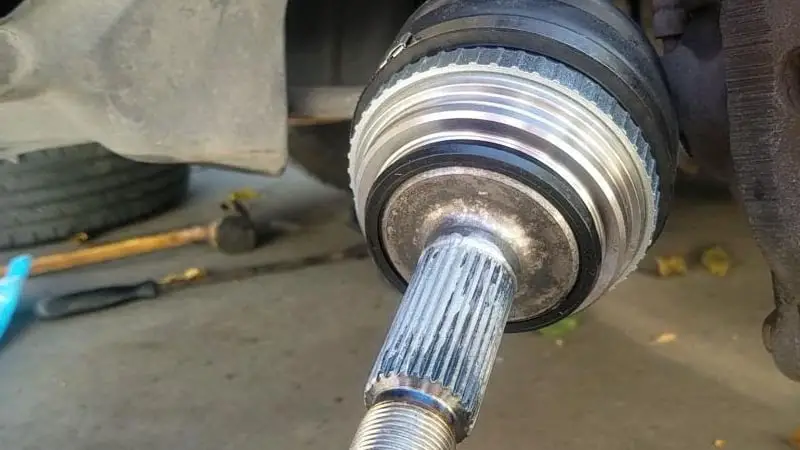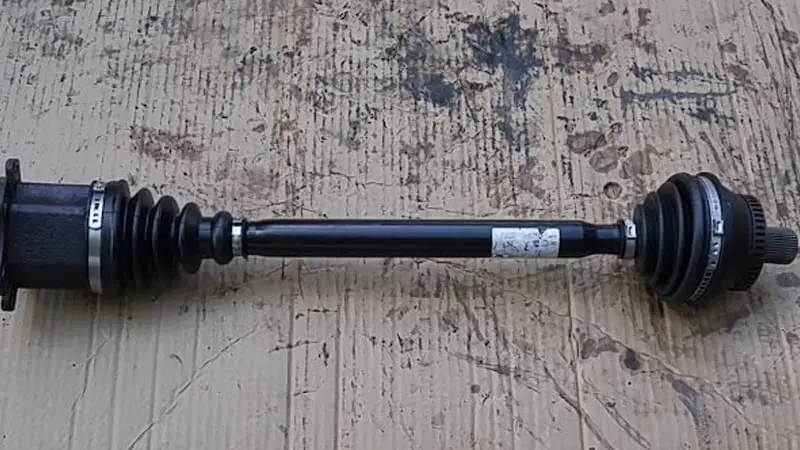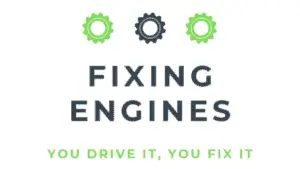CV axles are essential to moving your car for any distance. It is dangerous to drive with a broken axle, and you should replace it at once. Should you replace CV axles in pairs just because they come in pairs?
There is no need to replace a pair of CV axles when only one is damaged. You may choose to do that, though, if you can afford it and if you think the undamaged axle is likely to get damaged soon after replacing the damaged one.
This article will discuss how long CV axles last and whether you should replace them in pairs. I also highlight the signs of a bad CV axle and how often they should be replaced.
How Long Do CV Axles Last?

Constant Velocity axles (CV axles) connect a car’s transmission to the wheels. They are used in all vehicles with front-wheel drive and in many vehicles with four-wheel drive and rear-wheel drive. An axle comprises a shaft and a joint.
The joint has bearings and a rubber boot filled with lubricant. An outer CV joint connects the drive shafts to the wheels, while the inner joint connects the drive shafts to the transmission.
CV axles work by transmitting torque from the transmission to the wheels. They do this at a constant speed and at any angle. They also prevent the suspension’s up-and-down motion from affecting the speed of the wheels.
Your CV axles are built to last as long as your car lasts. But the world is not perfect, and they are subject to wear and tear from constant use. If the rubber boot does not get damaged, your axle can last from 60,000 miles to 100,000 miles.
Driving in icy conditions exposes the rubber boot to damage from sand and salt. Similarly, terrains with debris and rocks can damage the rubber and reduce the overall lifespan of the CV axle.
Should You Replace CV Axles in Pairs?
As with replacing many car parts, the cost of replacing a CV axle increases with the number of parts needed and the intensity of labor. The axles don’t often break down in pairs, and you don’t have to replace them in pairs.
If only one boot is torn, it is easy to fix the boot, right? Not exactly. Many mechanics don’t usually replace the boot because it is labour-intensive to take apart the axle to fix the boot.
They prefer to replace the entire axle since it doesn’t cost much. Replacing everything costs a tad more than replacing the boot alone, and this way, you get both a new shaft and joints.
Boot replacements cost between $450 and $550. Labor costs are between $170 and $220, and the rest go into buying the parts. Replacing one axle can set you back from $750 to $1400.
Some people prefer to replace a damaged axle with an undamaged one to put them both on the same level of use. There are scenarios in which a normal axle gets damaged shortly after fixing a damaged one.
However, if you cannot shell out this amount for two shafts at once, you don’t need to.
What Are the Signs of a CV Axle Going Bad?

The boots of CV joints are the common trouble spots for a CV axle. They may crack, tear, or come loose. These damages may happen as the rubber hardens and gets brittle over time.
Driving in rough terrain also exposes the rubber to materials that can cause cracks or tears. The shaft can also break if you overload the car. The lubricating grease escapes from the crack or tear, and dirt and moisture from the road enter the joint.
The inner parts of the joint are now without lubrication. The moisture causes corrosion, and these parts wear out faster. These are the telltale signs:
1. Grease from the leaking lubricant
If it is on the interior of your tires or wheels, it means the tear is large. Small cracks will have the grease coming out of the crack, which is an early sign.
2. The clicking/clunking sound
Whether it’s a pop or loud click, you cannot miss it. It is a rhythmic sound that comes up when you make or turn or speed up. It indicates a worn CV axle, and you should not ignore it.
3. Vibration
When you drive or notice your car bouncing excessively on the road, you may feel vibrations.
Outer CV joints face more movement than inner joints, and their boots often break first. The inner joints rarely fail. Signs peculiar to an inner joint failure are vibrations when you accelerate, side-to-side shaking, and clunking when you switch from accelerating to decelerating or from Drive to Reverse.
If you notice any of the above signs, do not continue driving with them. Your mechanic may see a crack or tear during routine maintenance. A crack can be easily fixed before the entire joint wears out or fails.
A worn-out axle can fail while you drive, causing you to lose control of your car. That is dangerous for you and the other motorists on the road.
The CV axle is connected to the transmission. A damaged, moving axle wears out the components in the transmission faster than usual. As you can see, more problems can develop if you don’t fix the CV axle quickly.
How Often Should CV Axles Be Replaced?

How often you replace your CV axles depends on how often they get damaged. You should only replace CV axles when there is an issue with them. If any part of the axle goes bad, you can either replace the component or the whole axle.
Replacing a CV axle can be costly and double the price if you must replace more than one axle. The average cost of replacing one axle runs from about $900 to $1,200, with the bulk of the money going into the replacement parts.
At this cost, you might want to consider driving a bit more carefully to keep your CV axles in good shape. Remember, if it’s not broken, you don’t have to fix it. But, when it is broken, and you hear the clicks, check it out as soon as possible and fix it.

